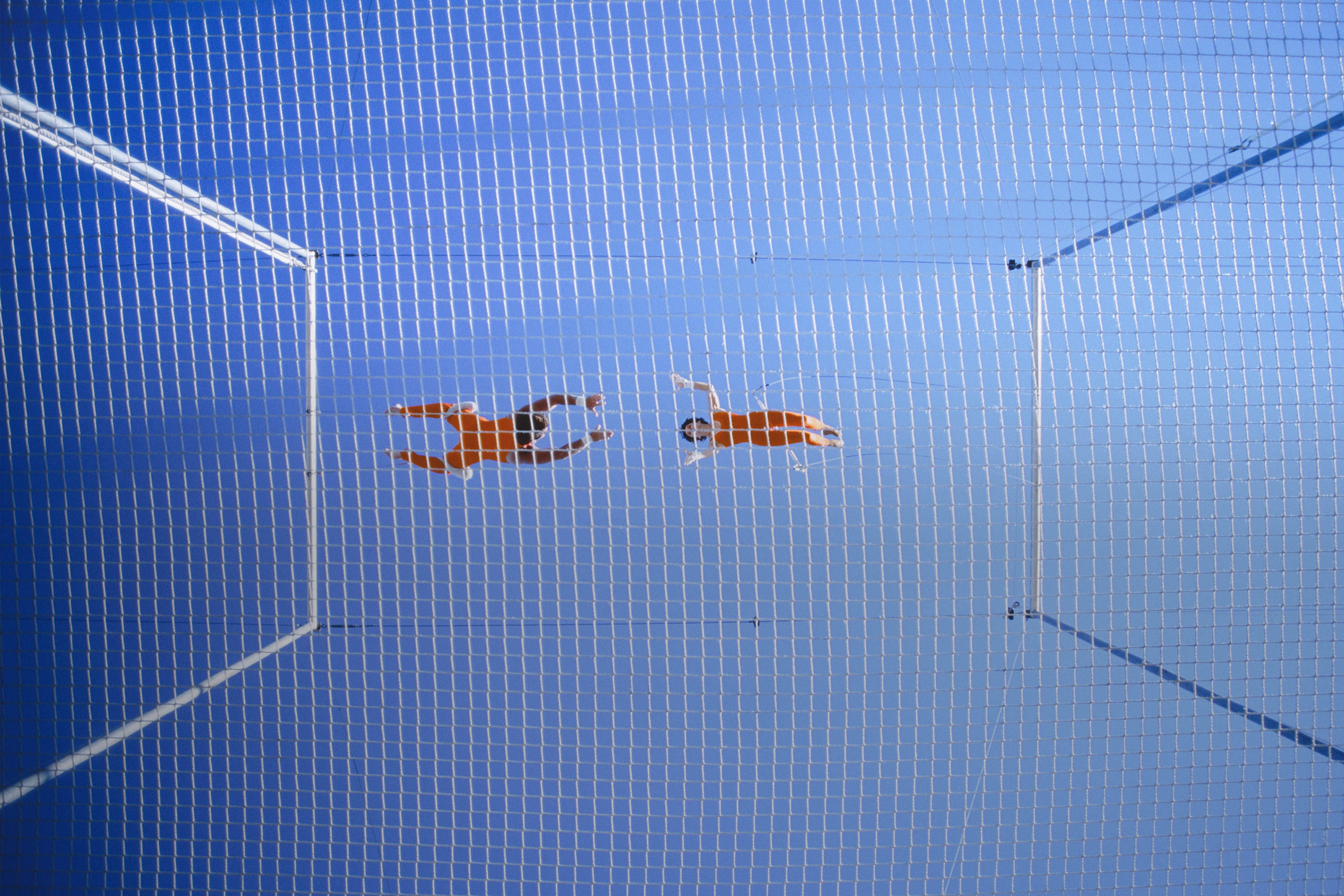Today’s PE market is seeing a broader array of deal types, in contrast to the first half of this year, which was characterized by a very narrow focus on take-privates and add-on transactions. Recent months, for example, have seen several large carve-outs from corporate parents seeking to divest non-core or orphan assets.
Of the top 20 deals announced in Q3, approximately one-third were carve-outs, with an aggregate value of nearly US$25b (in contrast, Q1 was just 5% carve-outs). For PE firms — especially the largest funds — these deals can be competitive differentiators, providing opportunities for firms to leverage their scale and their operational expertise to drive value.
Exit markets have shown similar signs of recovery in recent months, albeit at a slightly slower pace than acquisitions. In the third quarter of this year, PE firms announced 68 exits via M&A, up from 47 in the first quarter of the year and up from 57 in Q2.
From a sector perspective, technology continues to be a key area of focus, accounting for nearly one-third of PE activity by value over the last 12 months, up from 26% over the preceding 12 months. Investors remain attracted to the industry’s long-term secular growth story, its relative resilience in the face of macro headwinds and the growing integration of technology in sectors such as health care, finance, industrials and energy.
Over the last 12 months, the health care sector has accounted for 10% of PE investment by value, up from just 6% over the preceding 12 months — that focus is expected to accelerate.
For firms’ existing portfolios of assets, one of the primary consequences of extended hold periods is imperative to optimize operational value-add to offset longer ownership periods. Even for new acquisitions, with many assets continuing to be “priced to perfection,” there is little wiggle room for suboptimal execution.








